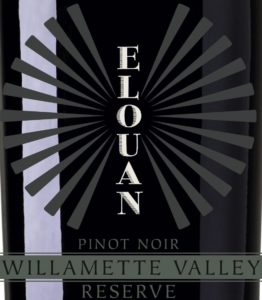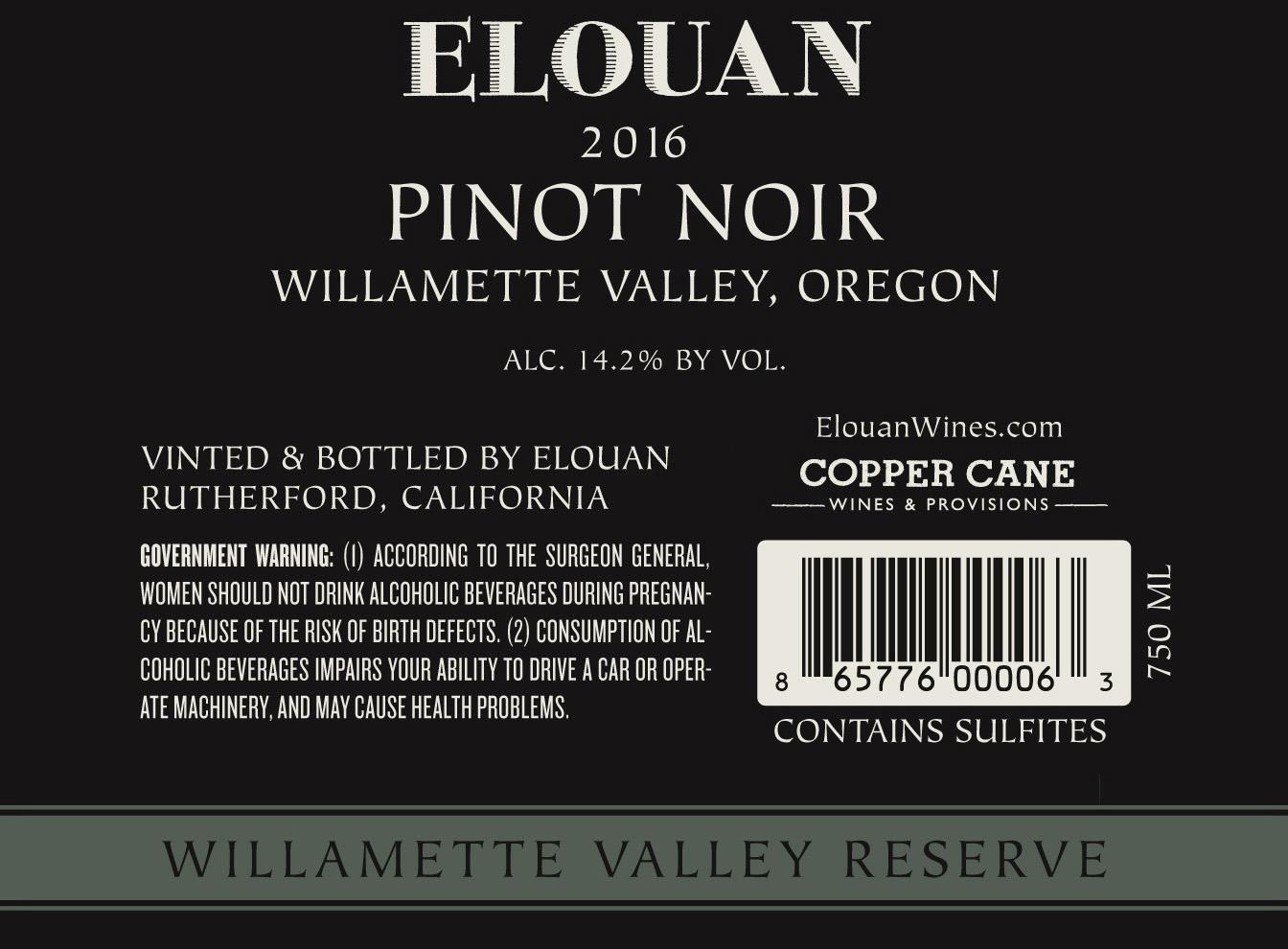According to Wine Business, the Oregon Liquor Control Commission (“OLCC”) submitted a letter to TTB in regard to a Napa Valley wine company’s alleged non-compliance with TTB labeling and advertising regulations. The complaint argues that the Elouan and The Willametter wines produced by Copper Cane LLC of Rutherford, California—which boast Oregon American Viticultural Areas (“AVAs”)—may not have been fully finished in Oregon. Purportedly, bulk wine produced in Oregon is purchased by Copper Cane LLC who vints and bottles the wine at its winery in Rutherford. These same wines contain Oregon AVAs, such as Willamette Valley, Umpqua Valley, and Rogue Valley.
In order for a wine to be labeled with an American Viticultural Area as its appellation, 27 CFR 4.25(e)(3)(iv) requires that the wine be fully finished within the State (or one of the States, in the case of multi-state AVAs) within which the labeled AVA is located. There are minor exceptions (cellar treatment pursuant to 27 CFR 4.22(c) and blending which does not result in an alteration of the wine’s class and type under 27 CFR 4.22(b)). The letter sent to TTB indicates that, while Copper Cane LLC may process some of the wine grapes in Oregon, it is unclear whether those grapes are fully finished into wine before leaving Oregon or if the wine is finished in California (which would likely disqualify the wine from asserting the AVA under federal regulations). This is information that should be available through the winery’s records (for bottling, bulk transfer, and production).
Interesting to note is that the labels cited by Wine Business show the terms “Vinted & Bottled by Elouan, Rutherford, California” (labels also shown in this article). TTB’s regulations are very specific with respect to using either term “vinted” or “bottled.” (TTB regulations also clearly define terms like cellars, prepared, produced, made, and blended.) Each word is very carefully defined by the agency. For example, 27 CFR 4.35(a)(2)(v) defines “vinted”—when used in the name/address statement on the label—to mean that “the named winery, at the stated address, subjected the wine to cellar treatment in accordance with §4.22(c).” (Per the paragraph above, cellar treatment in compliance with §4.22(c) is permitted for wines labeled with AVAs if the cellar treatment did not occur in the state of the named AVA.)
It is not uncommon for us, as wine lawyers, to see some of our clients improperly use the term “vinted” on their wine label drafts (pre-submission to TTB). Generally, it is an innocent mistake (i.e., looking to another winery’s label as a guideline and/or misinformation about TTB’s definition of “vinted”). For Copper Cane LLC, cellar treatment in compliance with 27 CFR 4.22(c) would be permissible under federal regulations on its AVA-labeled wines; however, the issue in the letter cited by Wine Business seems to be that OLCC and similar believe more than just cellar treatment may occur or have occurred outside of Oregon.
For more information on wine law, alcohol law, or trademark law, please contact Lindsey Zahn.
DISCLAIMER: This blog post is for general information purposes only, is not intended to constitute legal advice, and no attorney-client relationship results. Please consult your own attorney for legal advice.

